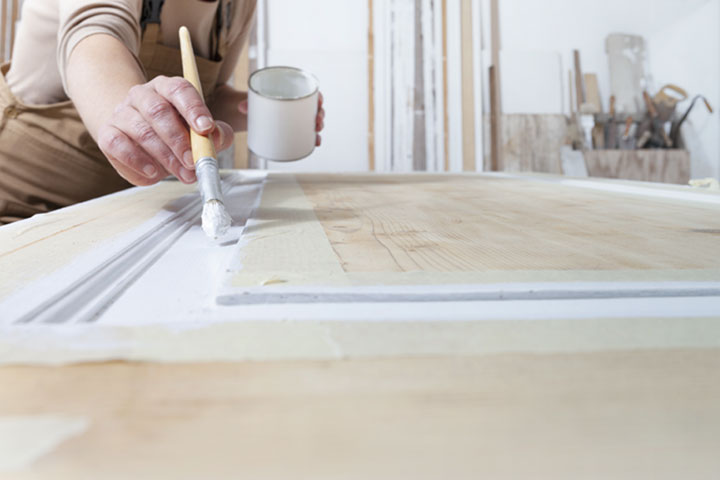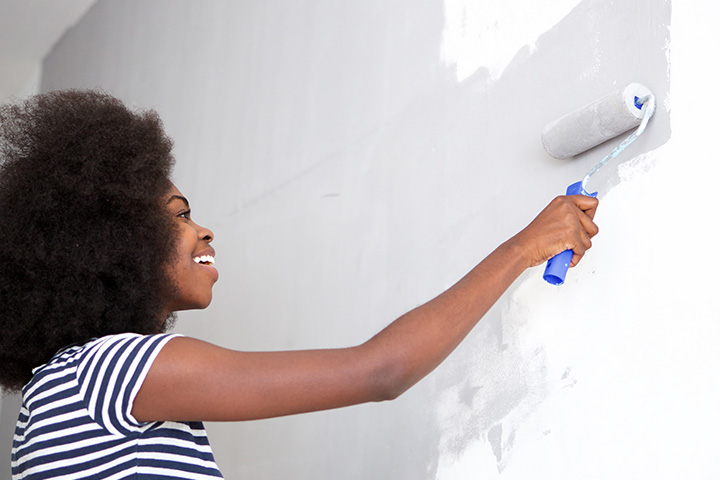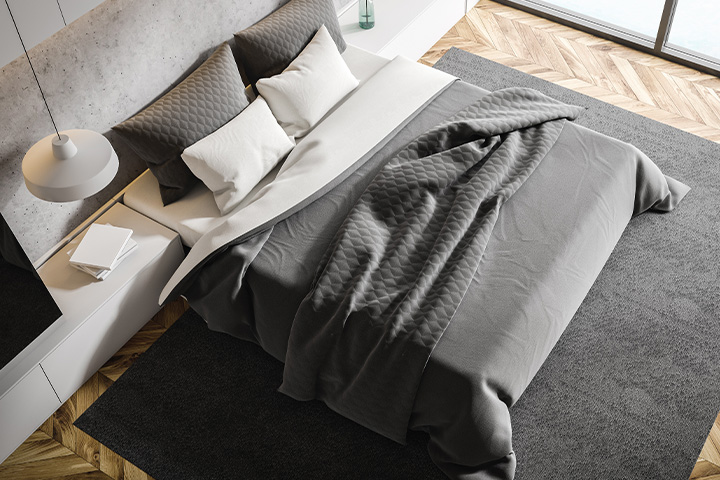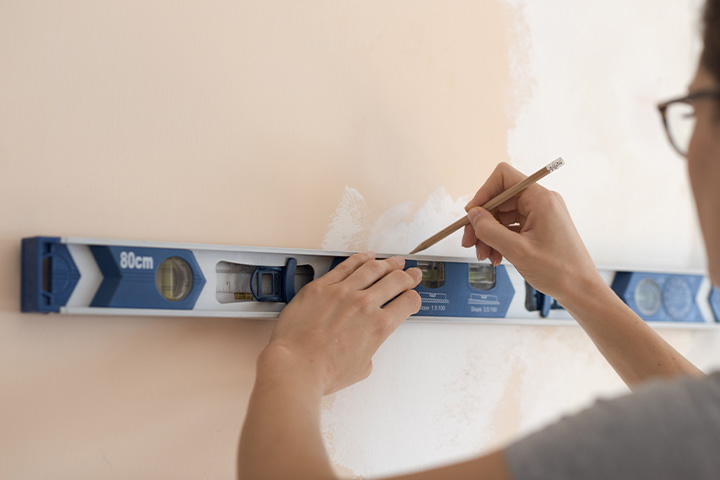When it comes to how to paint a room, we know you’d hope it’s as easy as pick a colour, slap it on and bob’s your uncle — you’re an interior design guru. And while on a good day it can be that simple, it’s always worth considering a few things beforehand to make sure your walls are primed and ready (sorry, not sorry).
What is primer?
Plane and simple, primer is an undercoat paint that prepares the surface for your chosen final paint — ensuring it sticks well, creates a uniform finish, is durable and comes out the right colour. It’s the butter on your bread, sure you can do without, but it makes for a much better sarnie.
When do I need it?
If you can spare the time and money, then it’s always worth priming your walls to guarantee the best finish possible. It isn’t just about being flashy or a perfectionist though, there are some instances when you should always use a primer.
- New drywall
- Vastly changing the colour (especially dark to light)
- Previous paint is glossy
- Stained walls
- Untreated or raw wood
- Painting over oil-based paint
Now when it comes to living up to your decorating ideas, the likelihood is one of the above will crop up and you’ll be searching for a primer paint. But more on that later.

When can I skip it?
If you’re putting in the effort to decorate, you may as well go the extra mile to do a cracking job. That said, we know when you’ve only got 2 hours to paint before the footie, you’ll hope there’s the odd shortcut.
If your walls are clean, the colour isn’t changing drastically and the surface is neither porous, shiny or stained, then job’s a good ’un, you can skip the primer if you want!
Lazy latex
Not as sexy as it sounds, but in DIY terms still potentially pleasurable. If you’re using latex paint and the previous coat is latex, you can skip the primer (provided it matches the other criteria above).
How do you know if it’s latex? Take some alcohol like alcohol wipes or hand sanitiser (not the bevvy you’re swigging) and rub it on the surface with a cloth. If some colour/paint comes off, then it’s latex and you can paint away. If nothing comes off, then it’s likely oil-based and we’re afraid there’s no cheeky quick fix – get on that primer!
How do I know if the prime is right?
When you’re shopping for primer paint the choice can seem a little daunting. Although at least you’re not trying to work out the difference between Delicate Seashell and Natural Wicker. There are two main things to think about, the base of the paint primer and the surface you’re applying it to.
Latex-Based Primers
- Good for dry wall
- Good for soft woods
- Fast drying
- Easy to clean
- More environmentally friendly
Oil-Based Primers
- Good for wood (deeper penetration with porous surfaces)
- Good for stain blocking
- Versatile Slow drying
- More prone to cracking (avoid on wood that expands/contracts frequently)
Shellac/Alcohol-Based Primers
- Good for stain blocking
- Very Fast drying
- Use for interiors only (sensitive to high temperatures)
- Not as environmentally friendly
Other considerations
Some primers are specially made for certain situations, such as for wood or metal, for heavy duty stains as well as more general all-purpose options.
That’s all there is to it! Hopefully now you can go out, start painting and have the prime of your life! Ok. We’re sorry about that one.
Why not show us how your painting went on Facebook?









